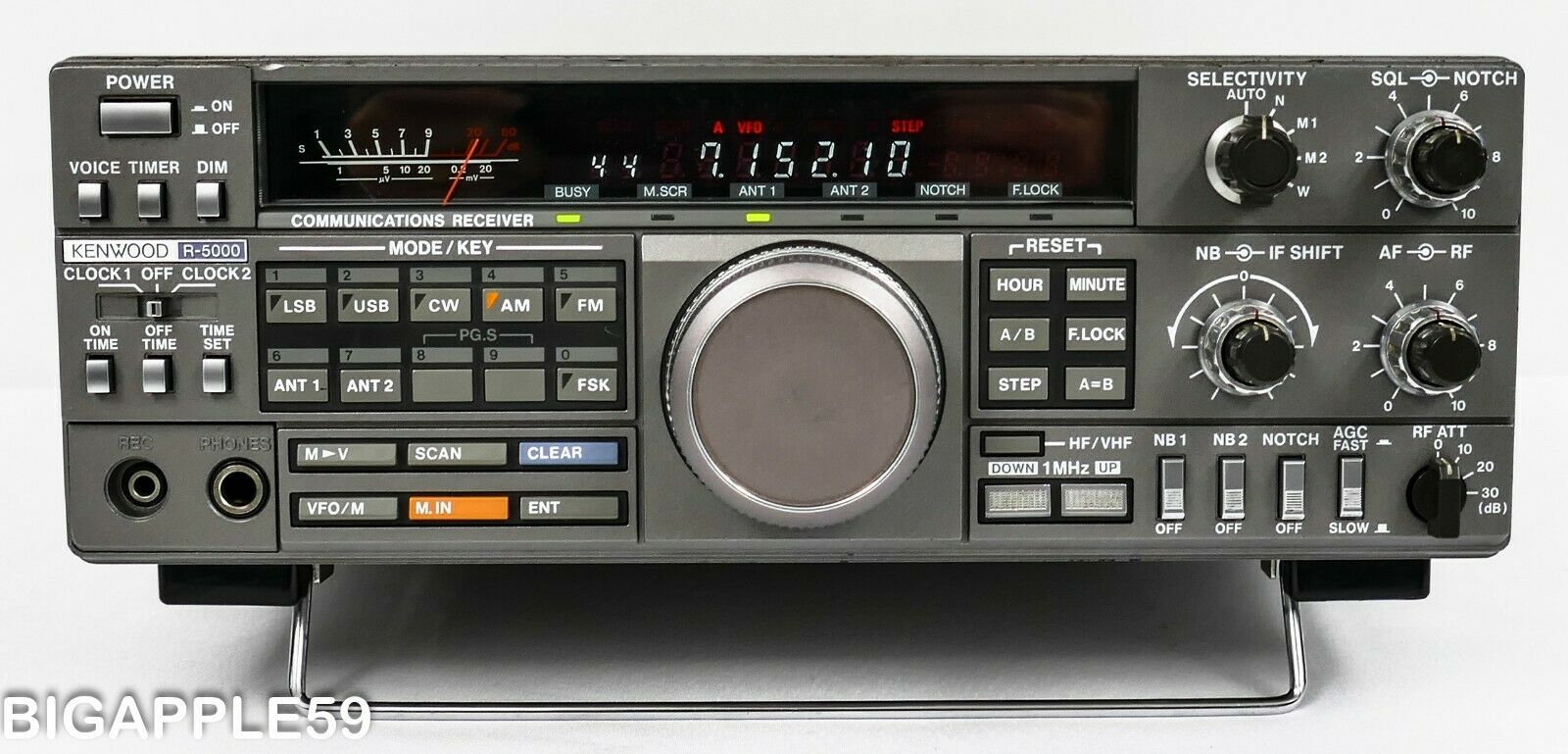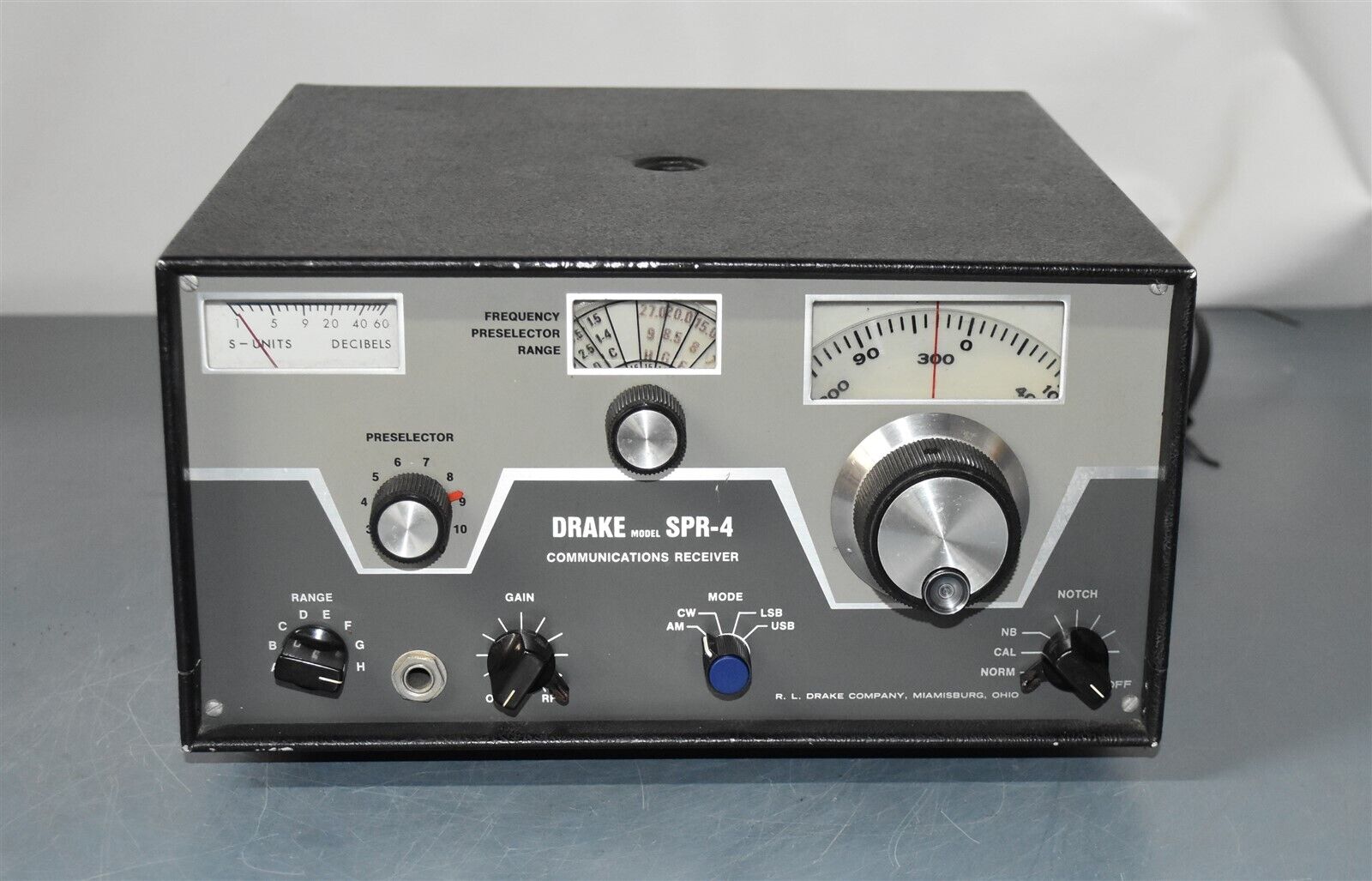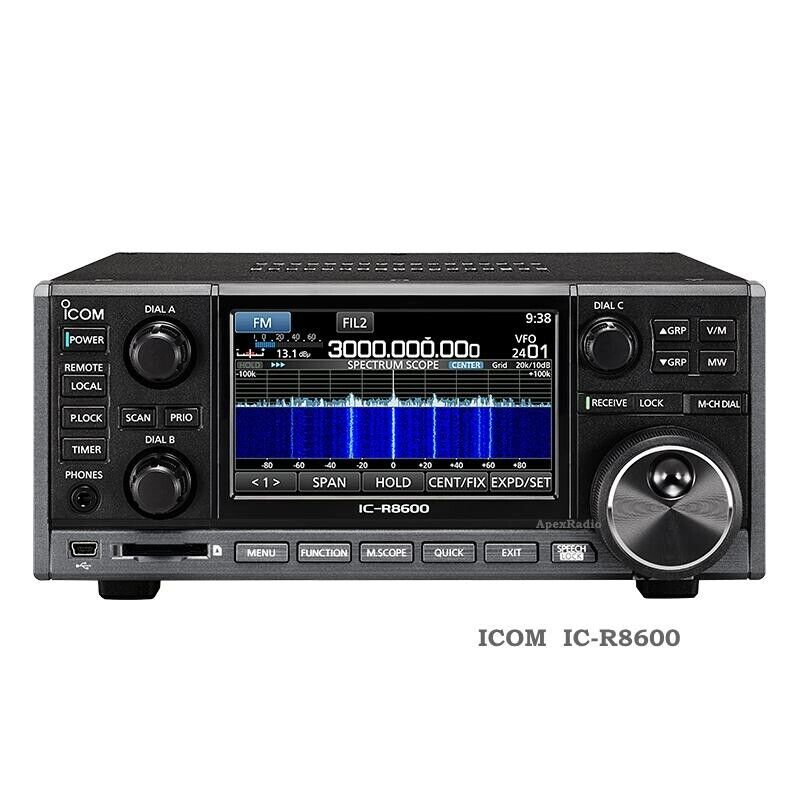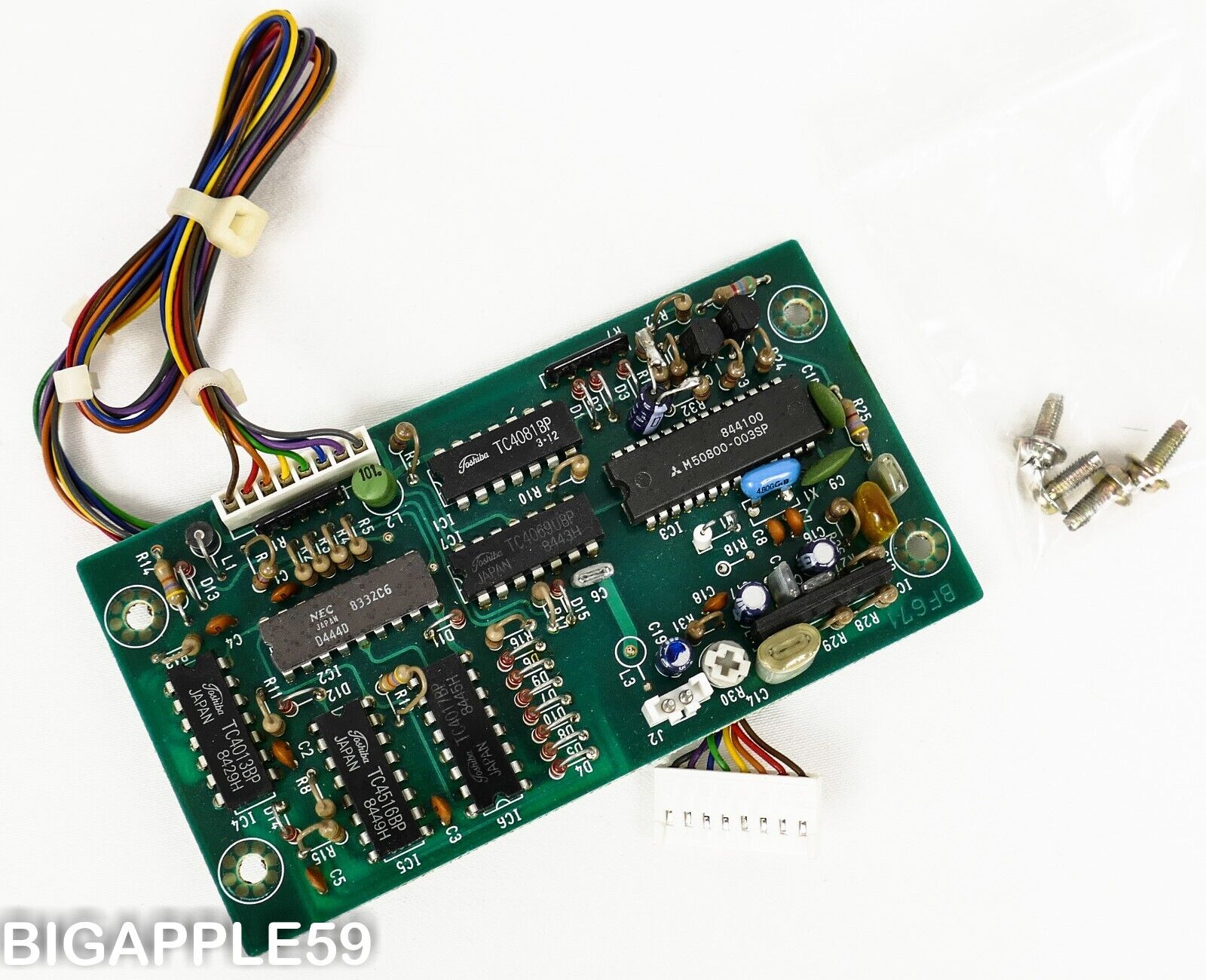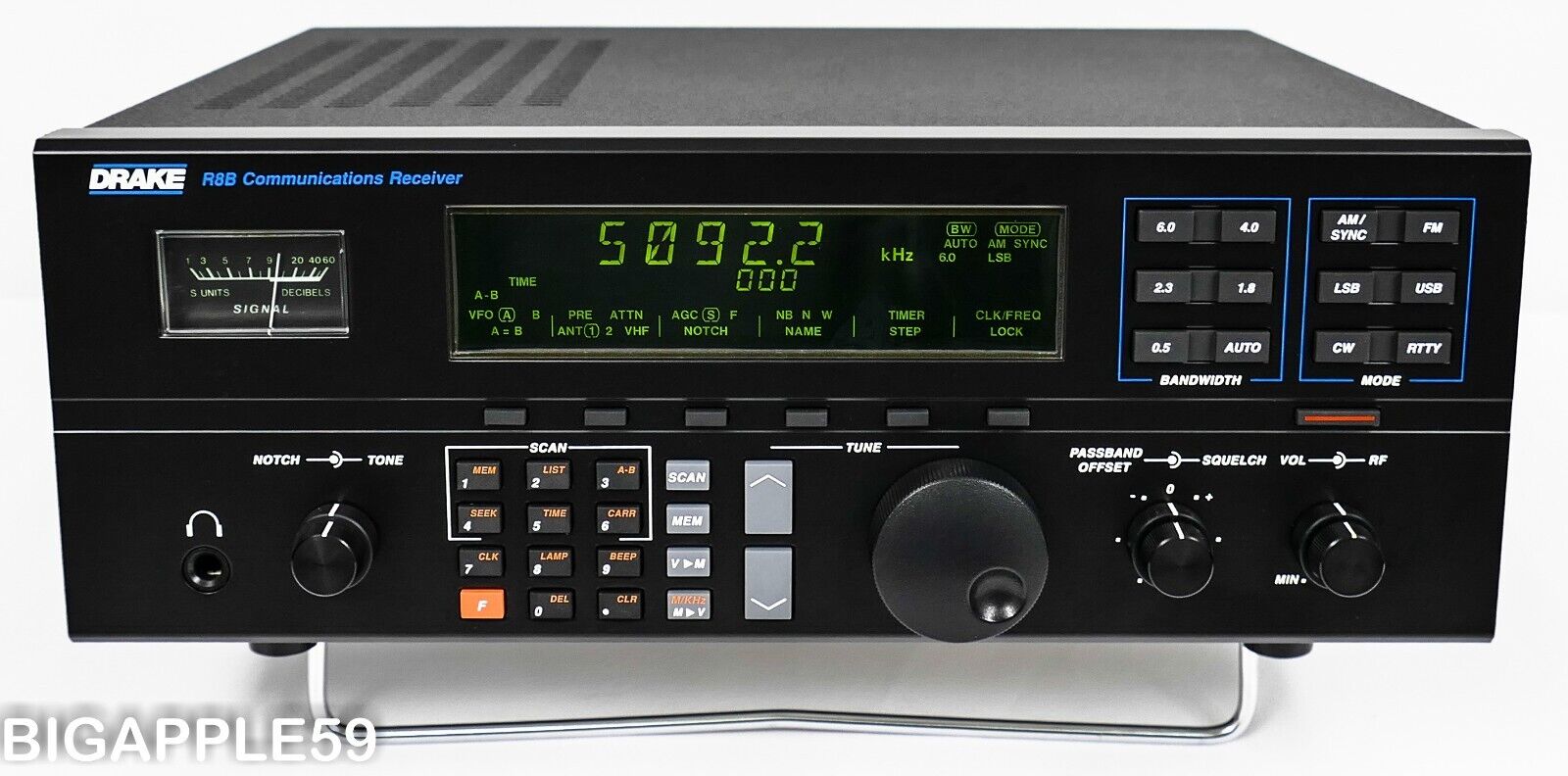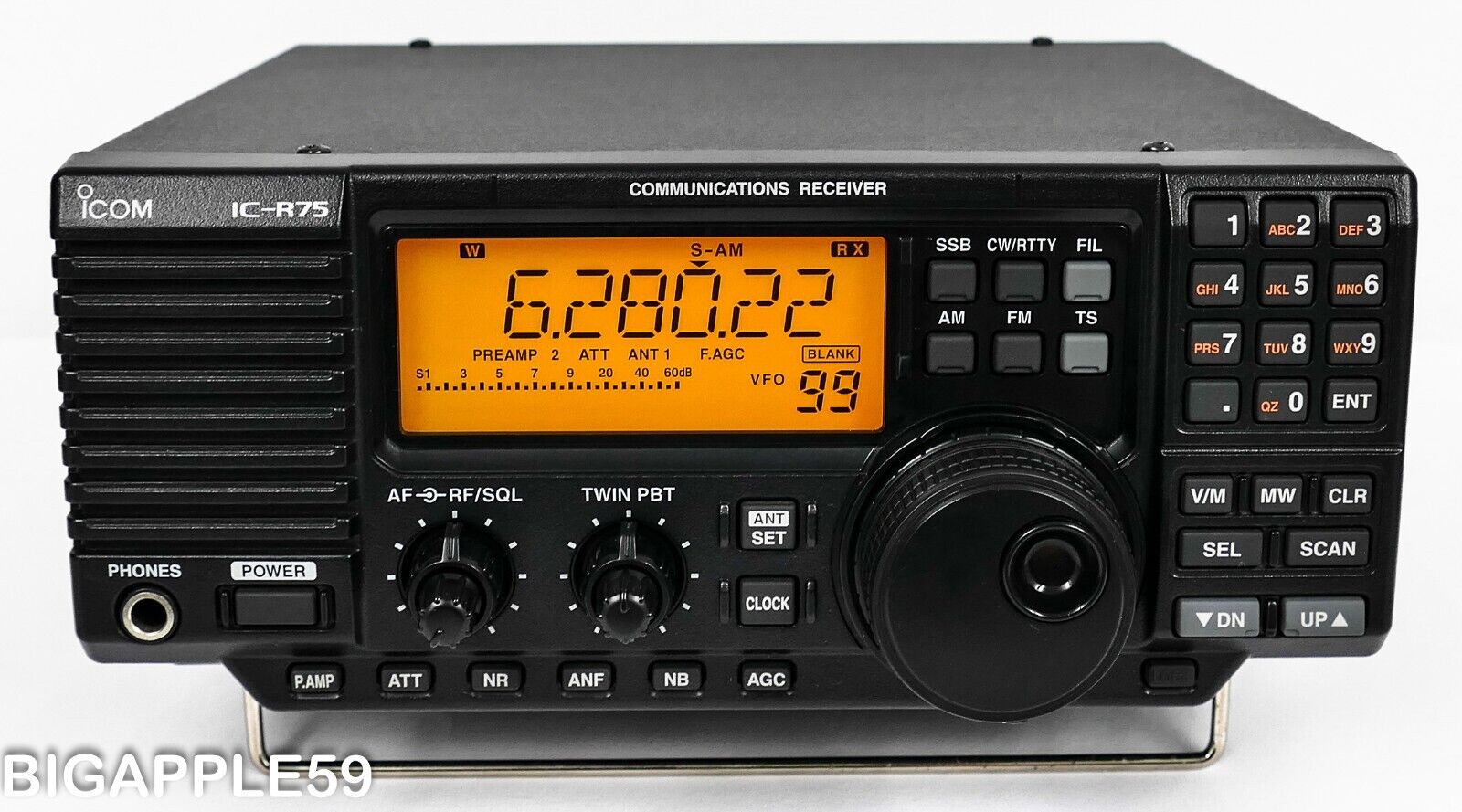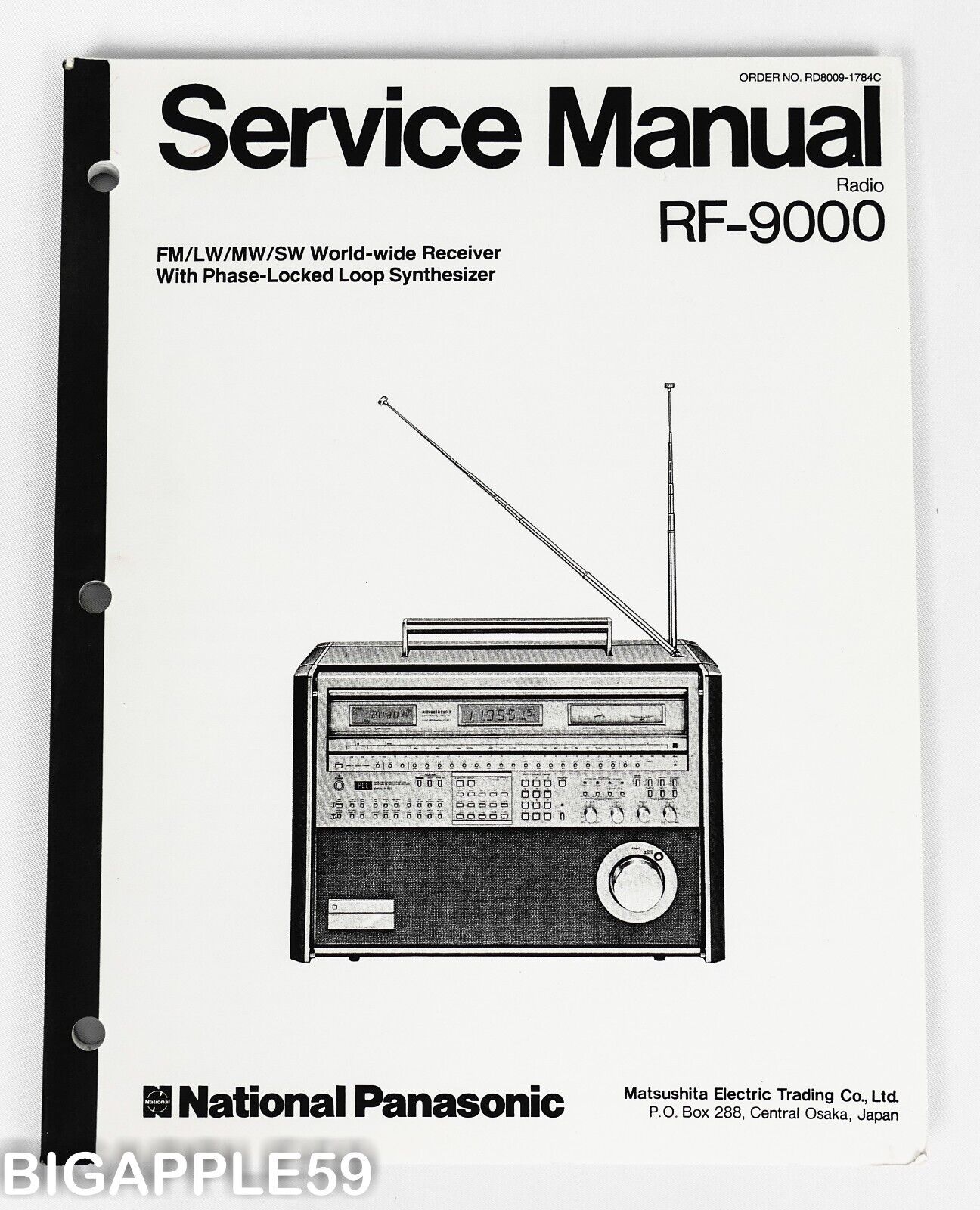-40%
Kenwood R-5000 AM SSB CW Ham Shortwave Receiver ***CLASSIC DX MACHINE***
$ 303.57
- Description
- Size Guide
Description
NOTE: We have added asterisks*
to the historical information below to avoid unintentional keyword spamming and violating Ebay's listing policy.
Over the 48 years that we have listened to shortwave broadcasts, we have had the privilege of operating and of owning some of the nicest consumer receivers manufactured by some of the very best equipment suppliers. The names of Icom, C*ollins, D*rake, & H*ammarlund have become household names. Another manufacturer that probably has a greater name among amateur radio operators than shortwave enthusiasts is the company called Kenwood.
Cosmetically, the R-5000 is used and you will see a variety of small marks on the externals. There is nothing truly significant to catch the eye, but this receiver is not perfect and we ask that you please look carefully at our pictures for specific cosmetic detail. We have provided HD pictures which you can enlarge and view for this purpose.
This receiver has been fully tested and works wonderfully with no known issues other than the customary key bounce that is so very common with this receiver. More information about the key bounce can be found further down in this listing information. The sensitivity of the R-5000 is excellent. This receiver has the stock Kenwood filters installed.
Please note that this receiver has the DCK-2 option installed which enables this receiver to be powered directly off of 12 VDC. Such an option has value in reducing RF noise that is often present in the household AC line. When you have weak signals, even a little noise may prevent disclosing the signal ID from the station. Also, preppers will love the fact that they can operate this receiver off of DC for use when AC power is not available. Thus, it could be operated off of an automobile battery or a solar power system. Finally, if you live outside the USA and your AC line voltage is not 120 VAC, this input can allow you to operate the receiver on DC current.
This R5000 is supplied with an AC cord and a variety of documents. It is unlikely that you will find another seller offering the R-5000 accompanied with the array of documentation for both hobby and service use. Here is a list of what is included:
copy of the user manual
copy of the service manual
Passport Whitepaper review
copy of Dave Corney's user handbook (outlines modifications, options, and adjustments)
copy of the 4 page brochure
copy of Gilfer Shortwave catalog page 1991
copy of Gilfer Shortwave catalog page 1993
Radio Netherlands review
review found in the elusive Proceedings hobby magazine (by Don Moore)
copy of the R-5000 sales flyer #1
copy of the R-5000 sales flyer #2
copy of Universal Radio catalog page
copy of the WRTH advertisement 1987
Passport to World Band Radio review 1991
Passport to World Band Radio review 1993
WRTH review 1987
WRTH review "revisited" 1989
CB Action review 1981 (Australia)
R-5000 Modifications 28 page booklet by Jabco Electronics
CD containing much of the above plus even more documentation, mods, antenna installation, and assorted information (totaling 567 MB) and more documentation than you will likely find in any other single source.
The R-5000 has one of the better internal speakers than typically found on communications receivers and will provide hours of enjoyment whether you are listen to amateur radio exchanges or international broadcasters.
The R-5000 is the last of a great line of Kenwood shortwave general communication receivers built for the public from the 1970s through the mid 1990s. With each new receiver, Kenwood did its homework and improved each new model by building on the strengths of the previous model and then adding new features. The result was that by the time the R-5000 came out, it was an exceptionally well made unit that, even a decade later, delights DXers worldwide with its ability to pick up weak signals from the longwave through the shortwave bands. Its original sale price was about 00 in 1996 which would be the equivalent of 50 in 2020.
So what makes the R-5000 so popular? Well, this enthusiasm comes from a very sturdy cabinet, good ergonomics, excellent hardware & components, excellent electrical design and an array of user features that will make the gadget person feel like they are in receiver heaven. Here are the specs for the R-5000:
Frequency Range......100 - 30000 kHz
Power................120 VAC 50/60 Hz
Antenna Impedance....50 or 500 ohm
Selectivity (-6dB)...AM 6.0 kHz, SSB/CW 2.4 kHz, FM 12.0 kHz
Sensitivity..........0.25 µV 1.8-30 MHz, SSB/CW (S+N/N=10dB)
Image Ratio..........>80 dB (1.8 - 30 MHz)
IF Rejection.........>70 dB (1.8 - 30 MHz)
Freq. Accuracy.......± 10 x10-6 or better.
Intermediate Freqs...1st IF = 58.1125 MHz, 2nd IF = 8.83 MHz, 3rd IF = 455 kHz (FM)
Audio Output.........1.5 Watts at 8 Ohms.
Dimensions...........10.6"Wx 3.78"H x 10.6"D
Weight...............12.3 Lbs. (17 Lbs. ship)
We have taken some close up pictures to allow you to see some of the features on this receiver. In listing some of the features, you will find:
dual clocks
notch filter
IF shift
100 channel memories
selectable AGC
receiving range from 100 KHz to 30,000 KHz
s-meter
tone control
100 memories with memory scan
dual VFO's
attenuation
modes of AM / FM / USB / LSB / CW
voltages of 120 AC or 12 VDC (connected internally)
dual noise filters
The first noise filter is adjustable and very efficient. If you are tired of noise filters that do not seem to make a difference, you will love the filter on this R-5000. The second is for a different type of noise....the woodpecker noise that the Soviet Union formerly used to jam transmissions from Radio Free Europe and is used very little in the post cold war days. This is an excellent receiver for picking up SSB and CW amateur radio transmissions. As for us, we have technician ham licenses (KB3GGC & KB3GGD) but prefer to listen to international broadcasts and the sound coming from the factory installed speaker of this R-5000 is better than the average communications receiver we have used.
The Kenwood R-5000 has a very devoted following and the receiver was a nice follow up from the highly regarded R*2000 receiver still used by many enthusiasts today. In order for you to understand this popularity, it is best for you to read the user reviews for the receiver at eHam here:
https://www.eham.net/reviews/detail/468
(cut and paste this link into your internet browser window)
Eham is a great site to learn about equipment as the reviews are from a variety of end-users that are generally not professionals who are using the equipment in a variety of listening environments with a wide range of expectations. The resulting reviews give a good cross section of strengths and weaknesses. In this case, there are 31 reviews and the average is 4.8 out of a possible 5 for the R-5000. Thus, as you can see, this unit gets top marks.
Basically, if you are looking to pick up only the major shortwave broadcasters, then this R-5000 is overkill for you. However, if you want to hear weak signals in the vicinity of strong signals, log utility stations, hear distant AM broadcasts, and tune into tropical or other unusual shortwave broadcasters, then the R-5000 is a nice receiver to help you accomplish this. As is typical of desktop communications receivers, a good outside antenna is important to utilize the weak signal recovery of the R-5000. However, this antenna can be something as simple as a longwire, a dipole, or even a Wellbrook antenna.
As you can see, the R-5000 offers a wealth of opportunities for the avid listener. It is an exceptional piece of equipment, but not without a weaknesses. The weakness of the Kenwood was actually two-fold. Virtually all receivers have a keypad for direct entry of the frequency. However, they are set up like a calculator or telephone keypad which is typically familiar to most users. The R-5000 keypad is set up in 2 rows and is a bit awkward to use. In addition, over time, the Kenwood R-5000 keypad was reported to develop "bounce" which means that you hit the keypad for a digit and instead of it registering one time, it may register two or more times. This can be more challenging for the user.
The solution to this "bounce" is to remove the cover from the Kenwood and solder a couple of inexpensive capacitors to the circuitry. On the CD that we are including, there is a key bounce fix accompanied by excellent pictures. However, personally, we don't do direct frequency input all that often with the R-5000 so it doesn't matter as much. Our method of tuning is to use the 1 MHz up / down keys to quickly move between bands and then turn the main dial to tune the correct frequency. We find that this method of tuning can be done as virtually as quickly as locating the individual keypad buttons and pressing them. Other users have found the solution with installing the infrared remote control and using the remote instead of the buttons on the front.
We are happy to try to answer any questions you may have regarding the R-5000. Feel free to email if we can be of assistance. Buyers here in the USA can figure shipping cost by using the Ebay calculator. The cost of shipping includes the cost of insurance to cover against extreme handling or loss.
Buyers living outside the USA are welcome and we have shipped to 105 countries during the past 22 years on Ebay.
You may use the shipping calculator for your shipping cost, but the cost will not include any import taxes, duties or VAT fees. This will be the responsibility of the buyer and you will need to investigate these costs with your local post office and customs office prior to purchase so that you are not surprised when the receiver arrives at your location.
Thank you for taking the time out of your busy day to look at our Ebay items!
